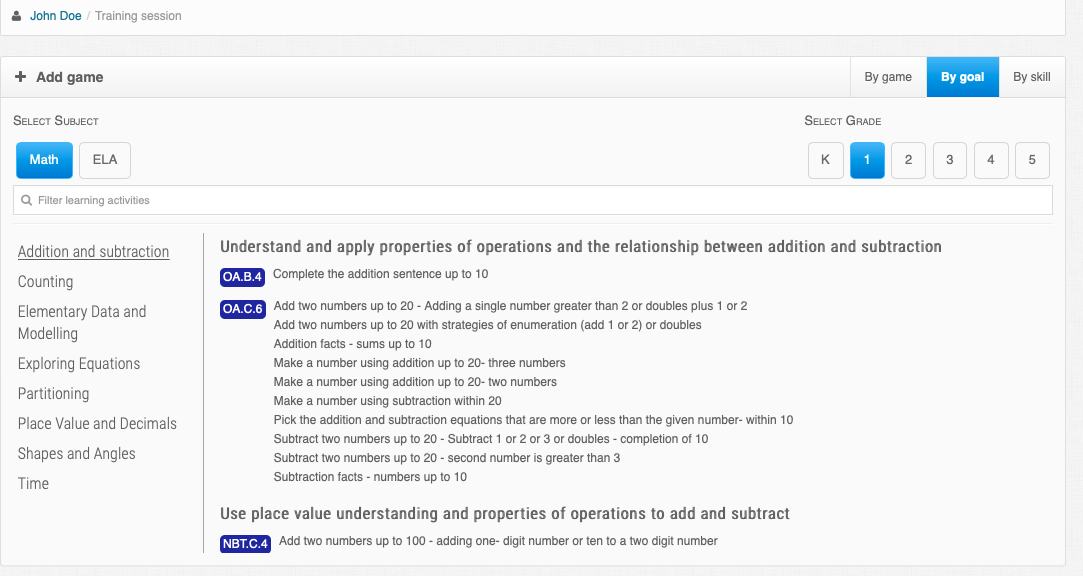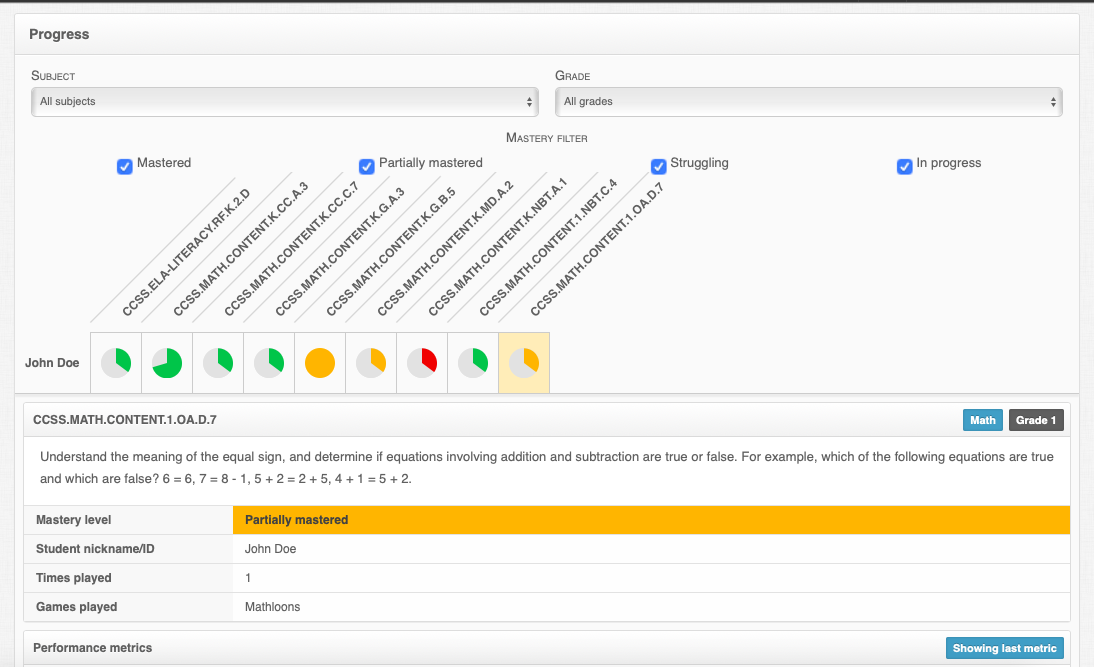A teacher with a plan - Unpacking State Standards with Purposeful Learning Activities

Planning learning activities is at the heart of being an effective teacher. A teacher with a plan, is also a confident teacher. Taking for granted that teachers have limited time and are overwhelmed with duties, teachers should have useful tools to select the activities aligned with the state education standards, which assists the students’ progress toward mastery of particular grade-specific goals set by state standards.
States have adopted standards-based instruction as a major component for improving student learning growth. Each standard clearly indicates what a student will need to know, apprehend, or be able to do - “the what"-, but leaves the selection of teaching strategies and flow of learning activities -“the how”- to the judgment of the classroom teacher. In other words, the standard is the end point of instruction and that effective teachers should be able to distinguish which activities can best support each standard and to orchestrate them to enable students to reach mastery.
For example, assume that a teacher has to teach, for example, a complex grade 1 level Math goal with regards to “add/subtract within 20” is “CCSS.MATH.CONTENT.1.OA.A.1
Use addition and subtraction within 20 to solve word problems involving situations of adding to, taking from, putting together, taking apart, and comparing, with unknowns in all positions, e.g., by using objects, drawings, and equations with a symbol for the unknown number to represent the problem”.
How should a teacher proceed in making students achieve this goal?
Theory and practice from the didactics of mathematics say that teacher should offer activities such as:
- adding 1 or 2 to a given number.
- adding two of the same number together (Doubles) and/or where one addend is one more than the other (Doubles + 1)
- adding within 20 without regroup
- adding within 20 with regroup
- and so on…
Τhis means that there should be a number of learning activities that the teacher will select to help students reach the standard.
Kinems platform is now supporting exactly this!
The teacher can select the activity(ies) thus creating a plan, which gets students to the accomplishment of a goal as directly as possible.

By browsing or searching of learning activities for a specific goal, the platform presents suggestions for such activities. When the teacher choses one of more activities, an associated game is added into the learning session plan thus saving teachers a lot of time in finding the corresponding game. The teacher can still personalize the game by specifying elements such as the time, number of questions, interaction mode, etc.
While following a plan, a teacher can always see how much each student has progressed towards goals that are being supported by the chosen activities and how far a student is from mastery. Thus the teacher can make decisions on where to go or what to do next based on available data. Teachers can also share these plans with parents and students as well as reflect upon their learning journey and goal achievements.
Researchers like Dr Marzano, Dr. Hattie, have shown that students who receive instruction with clear learning activities and related goals will likely score up to 40 more points on an assessment than those who do not have a clear learning activities plan. Also, planning improves accountability.

With the analytics dashboard of the Kinems platform teachers can reflect on the links between one activity and the next, the relationship between the current learning session and any past or future session for the goals mastery, and ways to make the learning process as personalized as possible.
Ready for a planned, purposeful, progressive, and systematic learning sessions that can create positive learning experiences via the Kinems platform?
Learn more about which learning activities per goal for state standards Kinems movement-based learning gaming platform covers at https://goals.kinems.com.
References
Hattie, J.A.C. (2012). Visible learning for teachers: Maximizing impact on learning. London: Routledge.
Marzano, R.J., Warrick, P., & Simms, J.A. (2014). A handbook for high reliability schools: The next step in reform. Bloomington, IN: Marzano Research Laboratory.